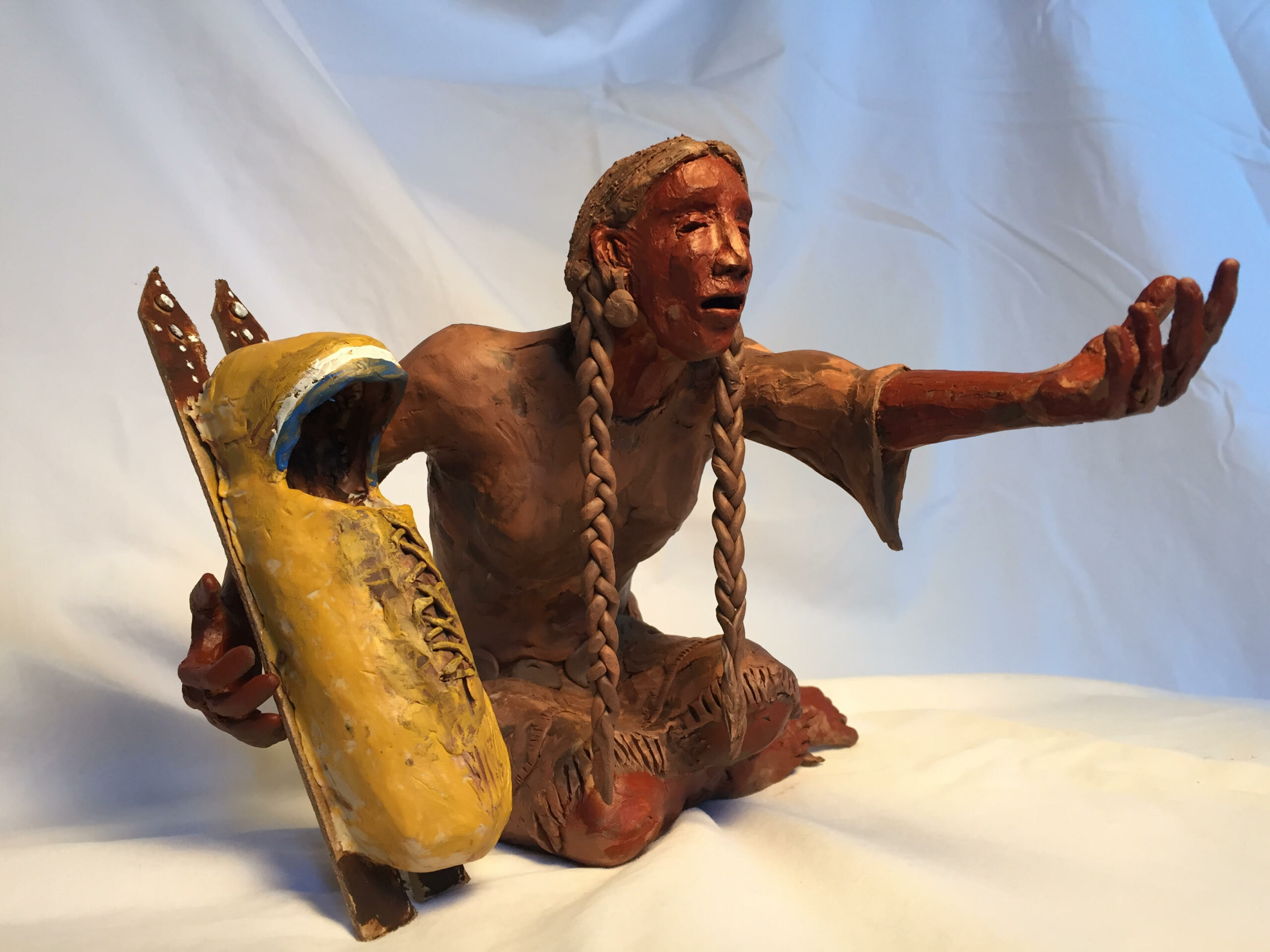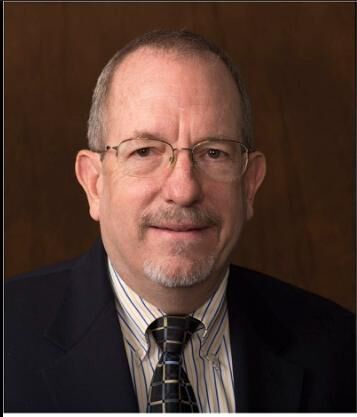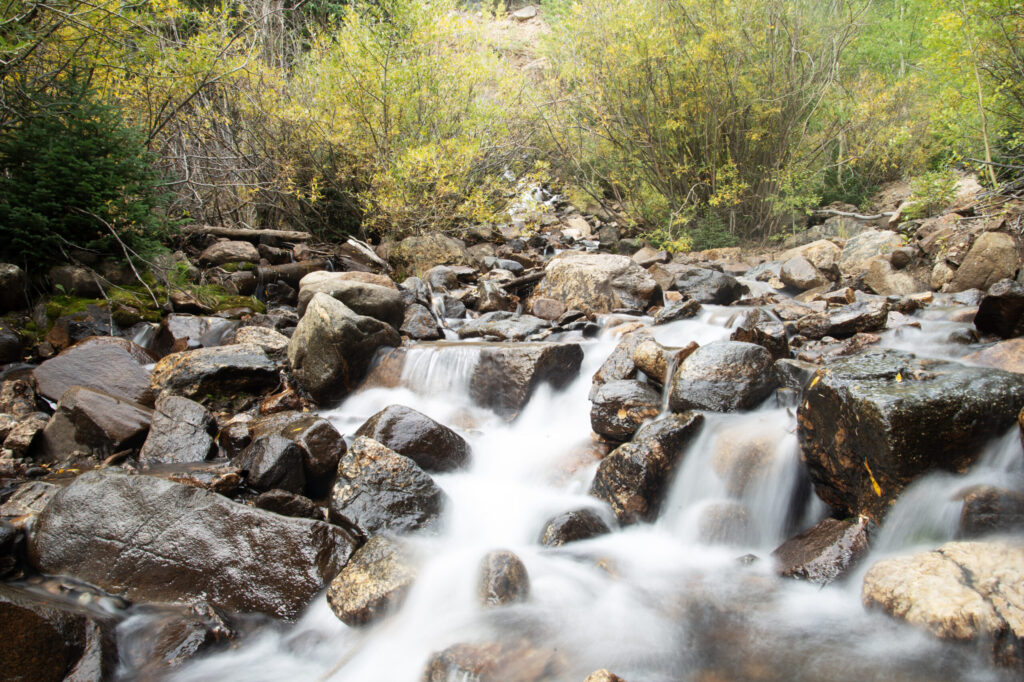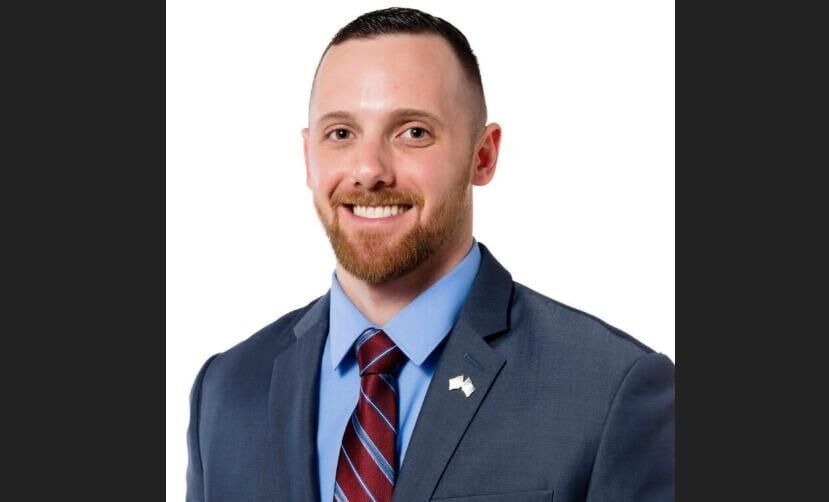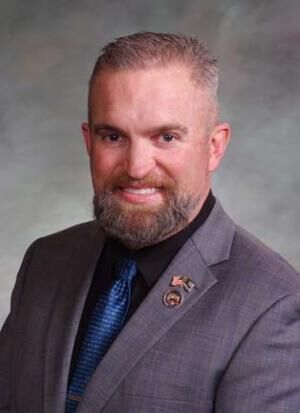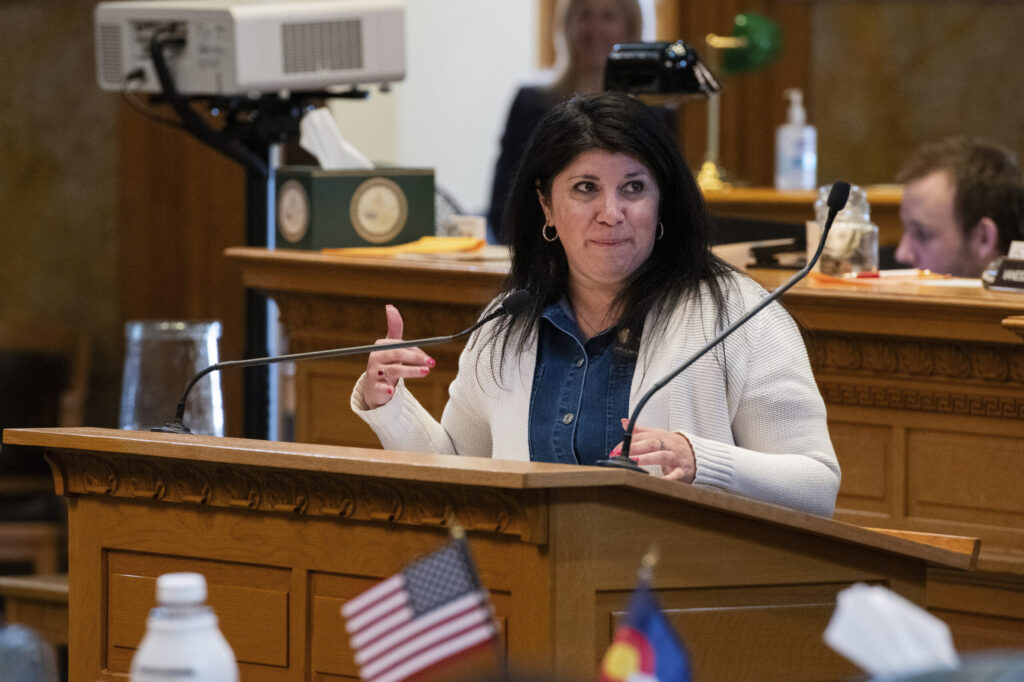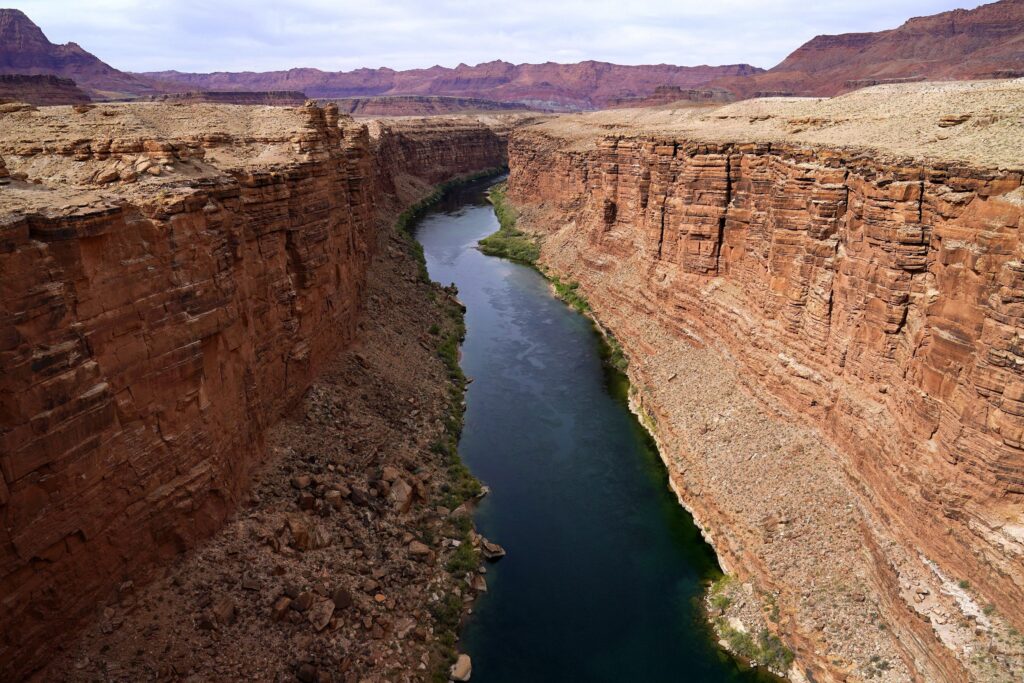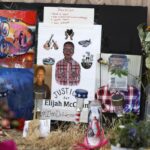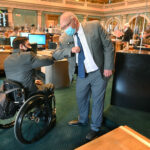Design revised on Sand Creek Massacre Memorial; site review planned for Feb. 25

The Capitol Building Advisory Committee, which has been looking at a proposal to put a Sand Creek Massacre Memorial where a Union soldier statue was toppled last summer, learned about changes that are being made to the Sand Creek design during a Feb. 19 meeting.
Artist Harvey Pratt, a descendant of one of the Sand Creek victims, described the memorial to the committee on Friday and incorporates changes reported by Colorado Politics last year. It will be a bronze statute of a young woman, but she will be in more of an upright position than in the photo above.
She is in native Cheyenne dress, with her left arm extended. Pratt said she is depicted as one in mourning, holding an empty cradle. The new design shows that she has cut off her braids and the first joint of her little finger on her left hand is also cut off, which are both signs of mourning, Pratt indicated. She will be sitting partially on a white flag.
The entire statute will be on a 10-foot base, surrounded by small stones like a creek bed. There will also be a small area for Native people to make an offering, Pratt said.
Pratt explained that people could view her as a victim or as a survivor. “I leave that to the people who look at her,” he said.
The Native tribes who have been involved in the design have also asked for another figure, perhaps a chief, or a war bonnet, but Pratt said that could be a money issue.
On Friday, Pratt suggested a bench for reflection somewhere near the statute. He noted that a similar bench is near the National Native American Veterans Memorial in Washington, D.C., which Pratt also sculpted.
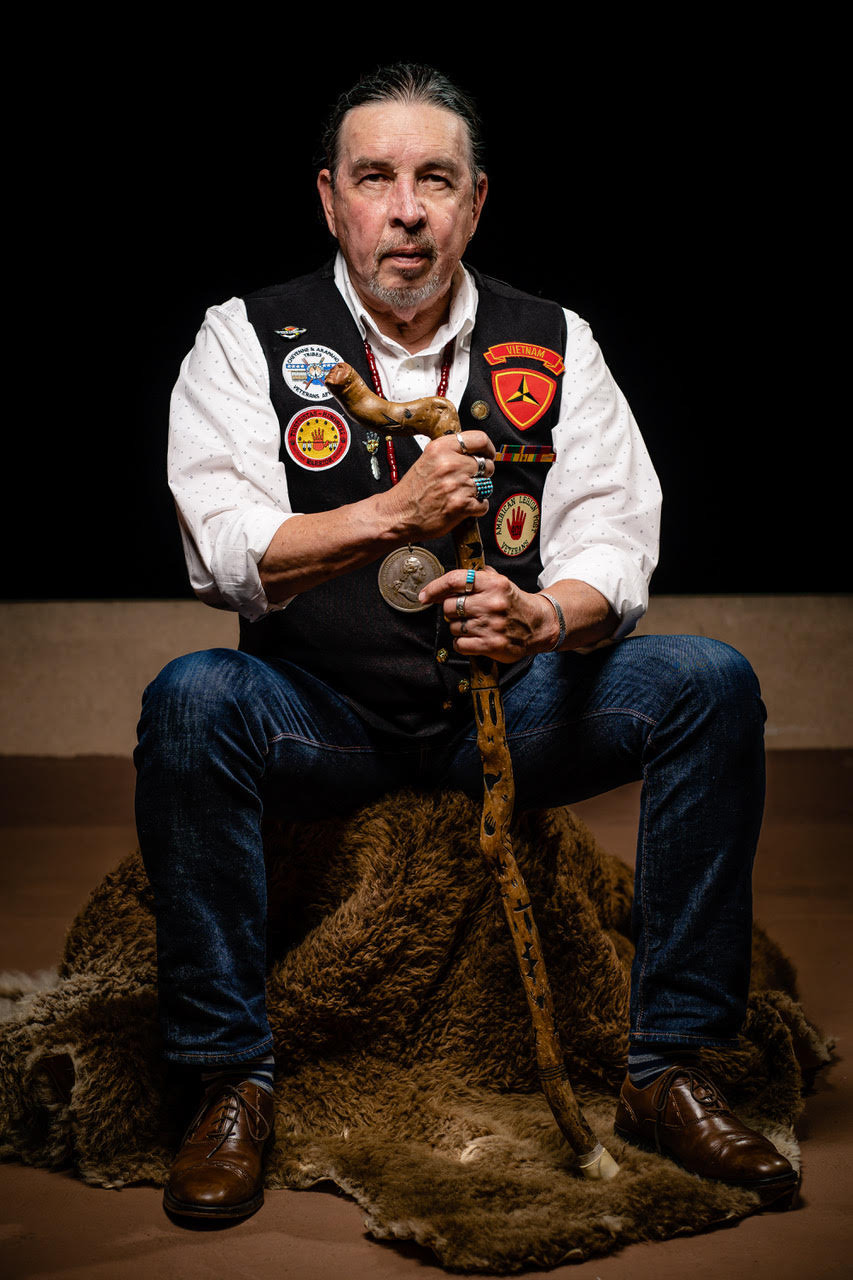
Kathryn Redhorse, executive director of the Colorado Commission on Indian Affairs, said the tribal representatives have not come to a consensus on additional items, such as the chief or war bonnet, which has been proposed as a sign of strength of the community. However, they are scheduled to review those items in the coming weeks, she said.
The memorial is in remembrance of the 230 Cheyenne and Arapaho peoples who were slaughtered, their bodies mutilated, on Nov. 29, 1864, by the First and Third Colorado Cavalry led by Col. John Chivington at Sand Creek in Kiowa County. Soldiers were reported to have paraded human remains of the murdered in the streets of Denver following the massacre. News of the massacre – sent in by two members of the cavalry who refused to shoot down the fleeing Native Americans – reached Washington, D.C.
Gov. John Evans resigned in the wake of the massacre and at the request of President Andrew Johnson. Chivington resigned from the Army and was never held accountable for the murders.
To reach the Sand Creek Massacre National Historic Site in Kiowa County, you must drive through what’s left of the town named for Chivington.
The idea of a Sand Creek Memorial has floated around the state Capitol for the past five years, but never made it to the final step because the tribes could not agree on a location. The building committee has approved a site, formerly where a Union soldier statute once stood before it was taken down during the racial justice protests last summer.
The statue, still covered with graffiti, is now at the History Colorado Center. It became a target in part because Sand Creek was originally listed as a Civil War battle when it was constructed in 1909. In 2002, a plaque was added that noted the Sand Creek Massacre was not part of the Civil War.
Jon Bellish of One Earth Future told Colorado Politics last year that community groups had donated $45,000 of the estimated $194,200 cost for the Sand Creek statute.
While discussions around the design are ongoing, the memorial is slated for a review with the joint Capital Development Committee on Feb. 26. While the memorial is already paid for, the CDC must sign off on its location. Should that happen, a joint resolution to the General Assembly for approval of the site selection would be the next step.
